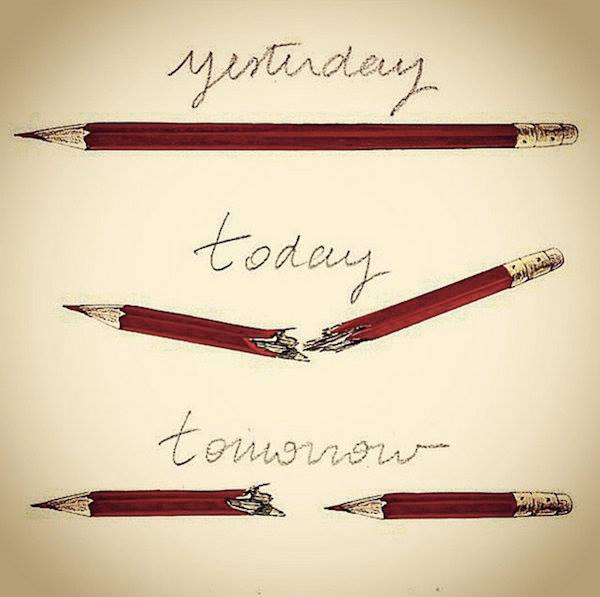Laurie B. Kirbie, the executive director of the Newport International Film Festivals (NIFF) has left after a four-year reign and moved on to helm the California based Ojai Film Festival. Thus reflections about changes and repositioning the festival have set in after its ten editions. On the surface the festival has delivered.
In 2007 there were more than 800 submissions. Thirty five feature films and documentaries as well as numerous shorts and children’s films were featured in the program totaling about 100 productions all together. According to noted film critic David Sterritt, a juror from the Christian Science Monitor, the documentary selection was outstanding. More funding had been secured than in prior years, a central lounge in Newport’s historic Colonial House provided space for audience and film makers; and for the first time in several years the opening and closing night screenings (and parties) were fully booked. Following the programming approach common to most regional and smaller fests superb productions were cherry picked from major film festivals. Thus numerous productions from the Berlinale, Sundance, Tribeca, and Cannes fests found their way to Newport, including but not restricted to THE BALLAD OF ESEQUIEL HERNANDEZ; BLINDSIGHT; THE DEVIL CAME ON HORSEBACK; TAXI TO THE DARK SIDE; EXILED; MY BEST FRIEND; VITUS; THEM. The opening feature IN THE SHADOW OF THE MOON a stunning portrait of NASA astronauts and their flights to the moon with strong nostalgia elements drew a standing enthusiastic reception from the audience drawn primarily from the Newport area as did the closing night movie EVENING, a melodramatic star studded generational feature filmed largely in Newport.
Yet there are some critical questions about the Newport Film Festival. Newport, one of several film festivals in Rhode Island, has not developed a strong reputation which is admittedly difficult in a country with probably more than one thousand film festivals. Most of the audience appears to come from the city and surrounding countries, including summer residents and few out-of-state journalists attended the event.
Other festivals from that state, the Rhode Island International Film Festival and the Nantucket Film festival are better known. They are identified as major national US film festivals with detailed descriptions in the U.S. bible of film festivals, Chris Gore's. Ultimate Film Festivals whereas the Newport Fest remains non-descript among many others listed. One competitor the Nantucket Film Festival, established in 1996, has gained a reputation among film makers and journalists as an important venue for screen writers whereas the Newport fest remains a largely unknown entity, evoking, if at all, images of pilgrims, yachts and the sea. Yet as distinct from the other two film festival and most other regional festivals in the U.S., Newport has great potential which has remained dormant over the last years. The potential for change of NIFF has been recognized by the large number of qualified professionals who have applied for the vacant executive director’s position.
In a period where a growing number of film festivals and cultural events compete for public and private sector resources and individual contributions, each event needs a clear unmistakable identity setting it apart from others. In the language of marketing, a film festival needs to effectively brand itself to be taken seriously by corporate sponsors and to gain legitimacy with public agencies. Just promising good films and documentaries and adding the socially desirable program for children is not enough.
It is puzzling, at least from this outsider’s perspective that the most obvious branding of the Newport International Film Festival has not been developed. Newport can easily profile itself as a festival with documentary and film programs shaped by the colonial and maritime history of town and area, adding also a program component with the perpetually attractive theme of the upper class. As far as I know no other US regional fest has embraced these three strands. Evidently this branding tying the fest to Newport's roots and its upscale setting does not immure it in local concerns since the colonial, maritime and upper-class themes can readily be adapted to incorporate regional, national, and international productions.
Some smaller changes of the Newport Fest would enhance the working environment for the press. Most productions were shown once in different venues, yet no screeners were provided making it rather difficult to get an adequate overview of the program. A surplus of eager volunteers helped, yet many seemed uninformed about what was going on, a situation common to many film festivals. There seemed to be a problem providing up-to-date information about festival events to filmmakers, press and other guests. But, overall, as noted in last year’s review the 2007 program and the intimate atmosphere of this film festival as well as the Newport setting and hospitality more than compensated for the short comings of the anniversary edition. Nonetheless a repositioning of the Newport Fest seems essential before Newport can gain the status of an important regional or national film festival.
Claus.Mueller
New York Correspondent
filmexchange@gmail.com
 Chatelin Bruno
Chatelin Bruno 


























